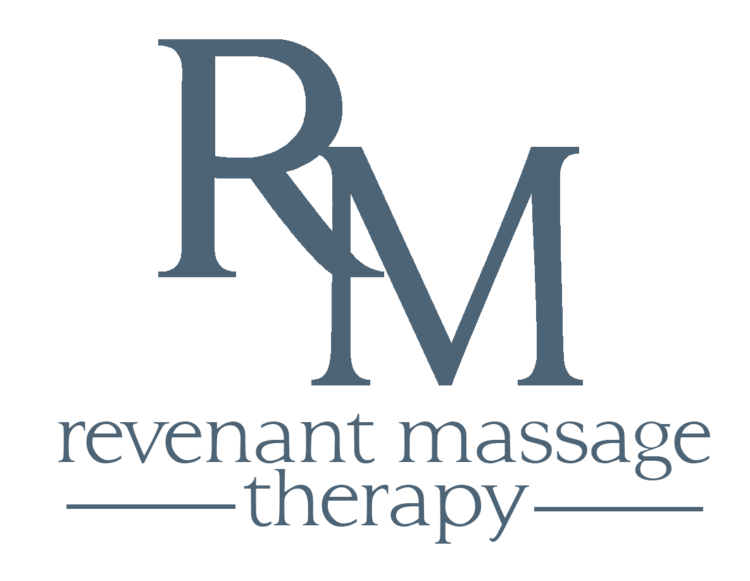A Definitive Guide To The Top 7 Massage Therapy Techniques

There are so many different massage therapy techniques to choose from. But for most of us, when getting a massage we just know we want to feel better.
While getting a massage is often associated with treating yourself to a day of relaxation at a spa, it is so much more than that and different massage therapy techniques are designed to help you achieve better health. In fact, massage has been linked to improvement in overall health including decreased pain, lowered blood pressure, enhanced immune function, and improved sleep quality.
But without knowing the different types of massage therapy techniques available, you won't always get the desired outcome you are looking for when receiving a massage. Take a look at the 7 most common massage therapy techniques so you can make the best decision for your particular health case.
Massage Therapy Techniques
1. Biomechanical Restructuring
This technique's primary role is to restore function to the body with more hands on techniques. This is done by utilizing soft tissue mobilization techniques to correct and allow the muscular and skeletal system to work together in unison.
Typical massage techniques may only provide temporary relief especially when it comes to problems you may have been experiencing for years becoming chronic in nature. Whereas biomechanical restructuring addresses the source of the pain and dysfunction in the body instead of just the symptoms to provide long term relief and restored function.
2. Cupping
Used for thousands of years, cupping is one of the earliest forms of medicine used in the eastern hemisphere. Cupping therapy utilizes vacuum cups that glide along the muscle area that provide negative pressure to various areas of the body. It can be used as a solo treatment or in conjunction with any therapy on this list to offer more targeted and deeper pain relief to the desired area. It is also a great tool for offering effective treatment of areas that might otherwise be too sensitive for another hands-on technique due to elevated pain and inflammation.
Cupping really stands out for its ability to help decrease cellulitis, break up scar tissue, and aid in lymphatic drainage. And for those looking to improve skin health, cupping helps improve collagen production which prevents and reduces the appearance of wrinkles.
3. Sports Massage
Sports massage draws from a collection of different massage techniques with long gliding strokes. It combines range of motion performed with passive and active participation with the client to alleviate chronic stress put upon different joints and tendons from activity. Studies have shown that getting a sports massage before or after physical activity can significantly shorten recovery time, decrease risk of injury, and improve performance during activity. (1) Whether you are an olympic athlete or a weekend gym warrior, this is an ideal technique for those looking to help improve and maintain range of motion and function.
4. Trigger Point Therapy
Trigger points are discrete hyperirritable spots located in a taut band of skeletal muscle. These spots are painful when pressure is applied and can produce referred pain, tenderness, and motor dysfunction. Trigger point therapy helps alleviate this painful phenomenon with concentrated pressure to the individual trigger points.
Myofascial pain syndrome and fibromyalgia are directly related to trigger point dysfunction and are the leading conditions of disability claims in the workplace. In those diagnosed with these conditions, massage has been found to be profoundly effective in decreasing pain and improving overall quality of life.
5. Swedish Massage
Swedish is the technique that is most associated with massage as it is the most commonly used in spas for ability to aid in relaxation. Swedish is the foundation of massage and was established as a technique to help relieve tension and stress in the body with a variety of different strokes to loosen adhesions varying in pressure from light to deep.
This technique increases blood flow caused by tension, such as knots in the shoulders, and also helps decrease cortisol levels associated directly with stress in the body - the leading cause of disease and dysfunction in the body. This technique is a great introduction to massage if you have never had professional massage or if you are just simply looking for stress relief and relaxation.
6. Deep Tissue Massage
Deep tissue massage applies firm pressure with slower strokes to reach deeper into the muscle belly to help break up adhesions and scar tissue within the connective tissue and muscle. Typically this is used with deep aches and pains that have become chronic to help to relieve overall muscle tightness with problem areas that have been a problem for years.
7. Prenatal Massage
This massage is specifically for expectant mothers and needs to be performed under the direction of your doctor or primary health care provider. It is typically not recommended before your second trimester and is most commonly performed laying on the side. Prenatal massage is great for improving common complaints during pregnancy such as swelling, tight low back and shoulders, and head aches.
Ready to see how massage can benefit your health? Book your next appointment here.
photo: canva
References:
- Davis, Holly Louisa et al. “Effect of sports massage on performance and recovery: a systematic review and meta-analysis.” BMJ open sport & exercise medicine vol. 6,1 e000614. 7 May. 2020, doi:10.1136/bmjsem-2019-000614
